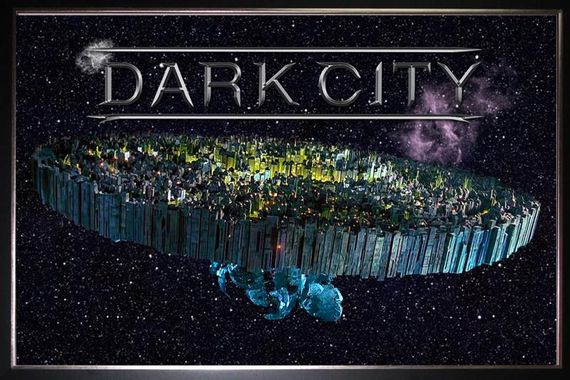Dark City
Dark City, Matrix and the poor mortals
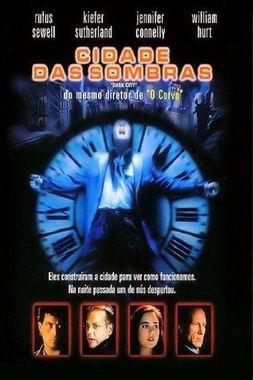
At the time when the first movie of “The Matrix” trilogy ( USA, 1999) burst into Brazilian theaters, another release was discreetly reaching the video stores, still in the VHS format: “Dark City” (AUS / USA, 1998). At that time, I considered it a happy coincidence, because despite the different presentation, the theme of both is similar. Both films portray the domination of many by a small group, through an illusion of reality. In fact, this theme has never been more current than in these strange times that we live now.
We could say that both films contain holes in screenplay, bad performances, exaggerated violence and so many other arguments. I do not disagree with that. However, what I found best about the two films was the invitation to reflection, which is independent of the personal ideology of anyone.
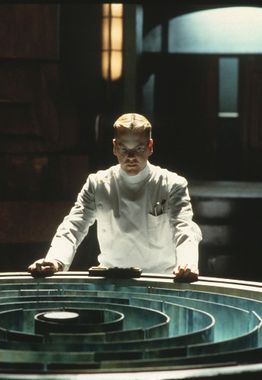
In “The Matrix”, the illusion of reality was maintained through sensory transmissions directly in people’s brains, through a fabulous computer network. In “Dark City”, the city and society itself were recreated every twenty-four hours when the citizens’ memories and the city’s physical structure were remodeled. All of this, to suck heat and energy, in the first case, and emotional knowledge to improve its own race, in the second. In other words, the ruling class exploited the mass, always for their own benefit, using the available information resources for that.
Where have we heard of this? Are we not going through a similar situation without the fantastic glamour of science fiction? Not only in Brazil, but throughout the postmodernist world, what is seen is the insatiable thirst for resources of the powerful, who suck up natural resources, destroy the environment and squander the peoples’ memories, culture and values. For this, it maintains, through the media, the illusion that we live at the gates of paradise, totally manipulated through social networks.
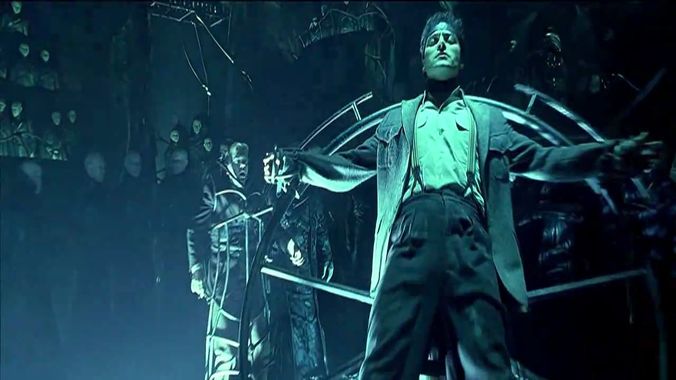
Lucubrations aside, “Dark City” manages to unite an intricate science-fiction story with a noir ambiance, bringing the atmosphere of police films of the forties. The film is extremely Gothic, with striking features of German expressionism. The soundtrack accompanies the images in a fantastic way, forming an almost indivisible set. A highlight of the movie is when the city is being remodeled, with buildings growing out of nowhere, to the sound of a strong rhythm, which resembles the pulse of a heart, as if the city itself were a living being.

The city had been created by aliens and populated with abducted humans beings. The aliens are even able to manipulate and exchange the memories of their guinea pigs with the help of a human doctor. As if the city were a huge laboratory, extraterrestrials use humans to find a way to preserve their own immortality. For this, they use their fantastic ability to alter matter, with the strength of the mind.
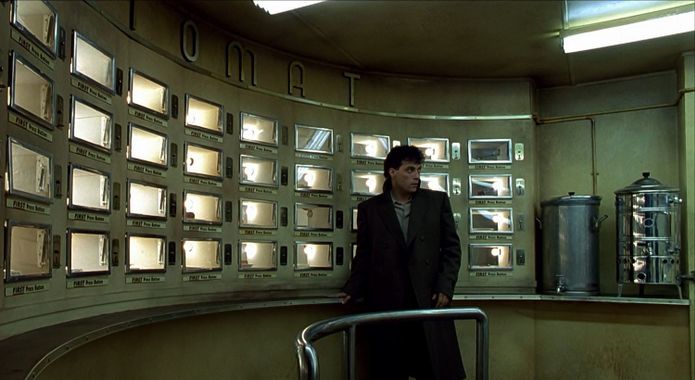
As Heisemberg has already enunciated decades ago, when observing a physical phenomenon, there is the influence of the observer in the observed. In the case of the film, one of the humans acquires the telekinetic ability of the aliens, turning the spell against the sorcerer. In a city where the night is eternal, John Murdoch (Rufus Sewell) is chased by a police inspector, suspected of murder. Without understanding the situation in which he finds himself, due to the amnesia that affects him, he starts to seek answers to the enigmas of his world, being helped by Dr. Daniel P. Schreber (Kiefer Sutherland).
The closer he gets to the incredible truth, the more dangerous his situation becomes as he becomes the target of strange entities with extraordinary powers. In this quest to find the truth about himself and the environment around him, John is faced with a destiny far greater than he could have imagined.
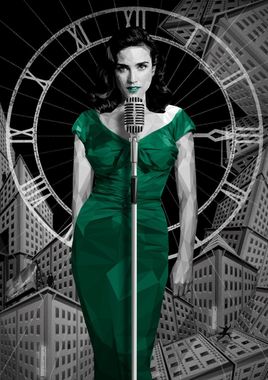
The cast also features with veterans actors like Kiefer Sutherland and William Hart, besides the beautiful Jennifer Connelly, who despite having participated in numerous films, would only be recognized in “A Beautiful Mind” (USA, 2001), which awarded her an Oscar for Best Supporting Actress.
The movie was directed by the Egyptian Alex Proyas, who already had in his curriculum the controversial “The Crow” (USA, 1994) and later would do “I, Robot” (USA, 2004), “Knowing” (USA, 2009) and “Gods of Egypt” (USA, 2016).
Despite the holes in the script and other defects that may be noticed, “Dark City” is a beautiful science fiction work, in the speculative line, for those who like to exercise their imagination. If this is not the case, even as an action film, for sure, it already guarantees an excellent cost-benefit ratio. And the movie has one more attraction, because the design of the city will certainly please the guys who think the Earth is flat …

